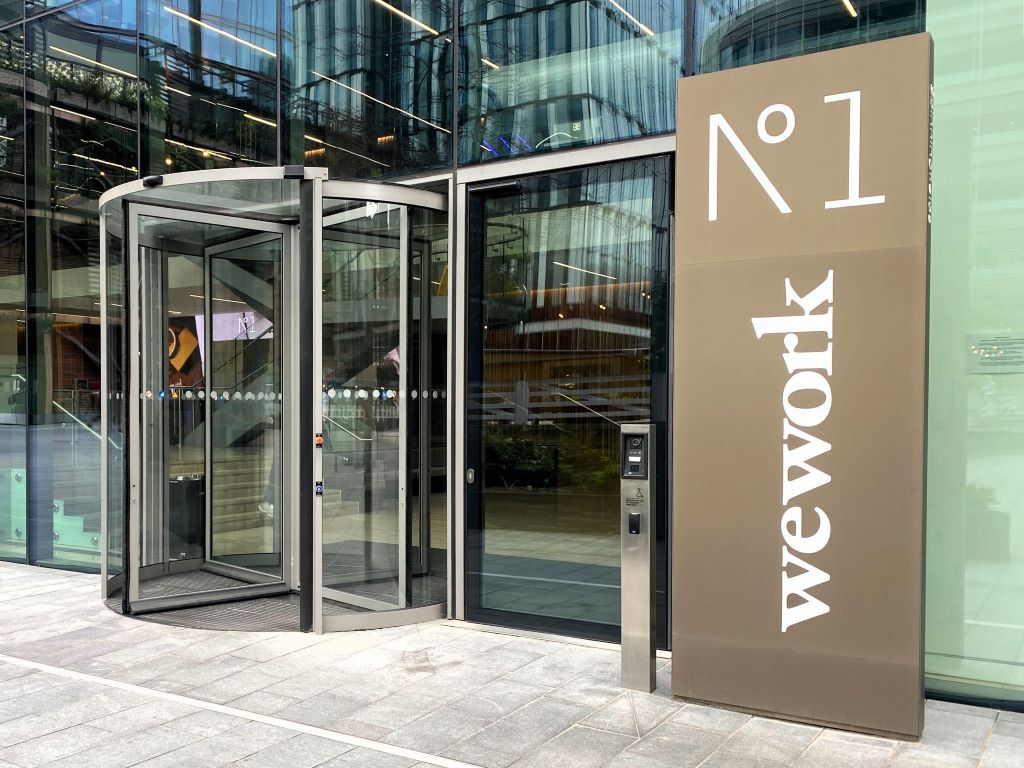RESOURCES | Advance to Mayfair…do not pass GO
The recent case of Timothy Taylor Limited v Mayfair House Corporation and Another looks at the relationship between a landlord’s reserved right to build and a tenant’s right to enjoy the demised premises pursuant to the landlord’s covenant for quiet enjoyment, writes Emma Townley of Hill Dickinson. Although the action takes place in London, the principles are relevant wherever landlords undertake building works.
Facts
Timothy Taylor Limited is the tenant of ground and basement floor premises in Mayfair, London, under a lease dated 29 January 2007 for a term of 20 years. The tenant occupies the premises for the purpose of carrying on the business of a high class modern art gallery. The premises form part of a building comprising five storeys. The defendants are the landlord of the building.
Since 2013, the landlord engaged in significant redevelopment works to create new residential apartments in the upper floors of the building. The redevelopment works substantially interfered with the tenant’s use and enjoyment of the premises as an art gallery. Significant levels of noise caused the gallery to close on occasions and resulted in a high level of absence of its staff. Scaffolding enwrapped the premises, giving the impression to outsiders that the gallery had disappeared and was part of a building site.
The tenant accepted that, under the lease, the landlord has the right to carry out redevelopment works and the right to erect scaffolding. The tenant accepted that there would inevitably be some disruption to its use and enjoyment of the premises as a result of the landlord’s redevelopment works.
The tenant argued that the landlord was in breach of its covenant for quiet enjoyment due to the unreasonable manner in which the landlord carried out the works and intended to carry out the works in future. The landlord argued that it had at all times carried out its works reasonably, with due and proper regard to the rights of the tenant under the lease.
The tenant sought damages for breach of its right to quiet enjoyment and an injunction to control how the landlord should carry out the works in future.
Decision
The judge held that the landlord was in breach of its covenant for quiet enjoyment. The landlord had not acted reasonably in the exercise of its reserved right to build under the lease, as it had not taken all reasonable steps to minimise the amount of disturbance being suffered by the tenant.
In reaching his decision, the judge gave the following reasons:
- The premises are let for use as a high class art gallery at a high rent in Mayfair. So far as reasonably possible, the right to build should be exercised with a particular regard to the need of the tenant to keep the gallery running with as little disturbance as possible.
- A refusal by the landlord to offer the tenant a discount on the rent affects the overall reasonableness of the landlord’s works.
- The design of the scaffolding was unreasonable, as it paid little or no regard to the interests of the tenant. The landlord could have taken reasonable steps to minimise the disturbance caused by the scaffolding, by designing the scaffolding in a form more acceptable to the tenant and so as not to impede access to the premises.
- In relation to noise, the landlord failed to liaise adequately with the tenant to inform the tenant as to the likely duration of the works, the noise levels likely to be experienced and possible ways of mitigating the impact of the noise on the gallery. The landlord should have sat down with the tenant at the outset to discuss the works, to agree what should be regarded as high levels of noise and to plan how the works could be carried out to minimise disturbance to the tenant.
Remedy
The judge awarded the tenant damages by way of a rent rebate of 20% for the period of the disturbance.
As regards future breaches, the tenant had requested that the landlord dismantle the scaffolding and rebuild it appropriately rearranged. The tenant further sought an order that the landlord use all reasonable endeavours to restrict noisy works to particular hours during the day.
The judge decided that an injunction in relation to reassembling the scaffolding would be disproportionate, as it would take 12 weeks to obtain the necessary permissions and reassemble the scaffolding. The judge awarded damages to the tenant in lieu of the injunction, again by way of a rent rebate of 20%.
The judge highlighted that he was not giving the landlord carte blanche to finish the works in any way it thinks fit, without any regard to the tenant’s rights. The landlord is to seek to adhere to the two hours on/two hours off policy in regard to noisy work and is to afford the tenant quiet times when events are occurring at the gallery. The landlord must not otherwise increase the amount of disturbance to the tenant so as to drive the tenant out of the premises altogether.
Comment
The case confirms established law in this field. The landlord has the right to redevelop the building as reserved to it under the lease, but a balance must be found with the tenant’s right to quiet enjoyment. The correct approach is for the landlord to take all reasonable steps to minimise disturbance to the tenant, in order to avoid breaching its covenant for quiet enjoyment.
This article was originally published through Place Resources



